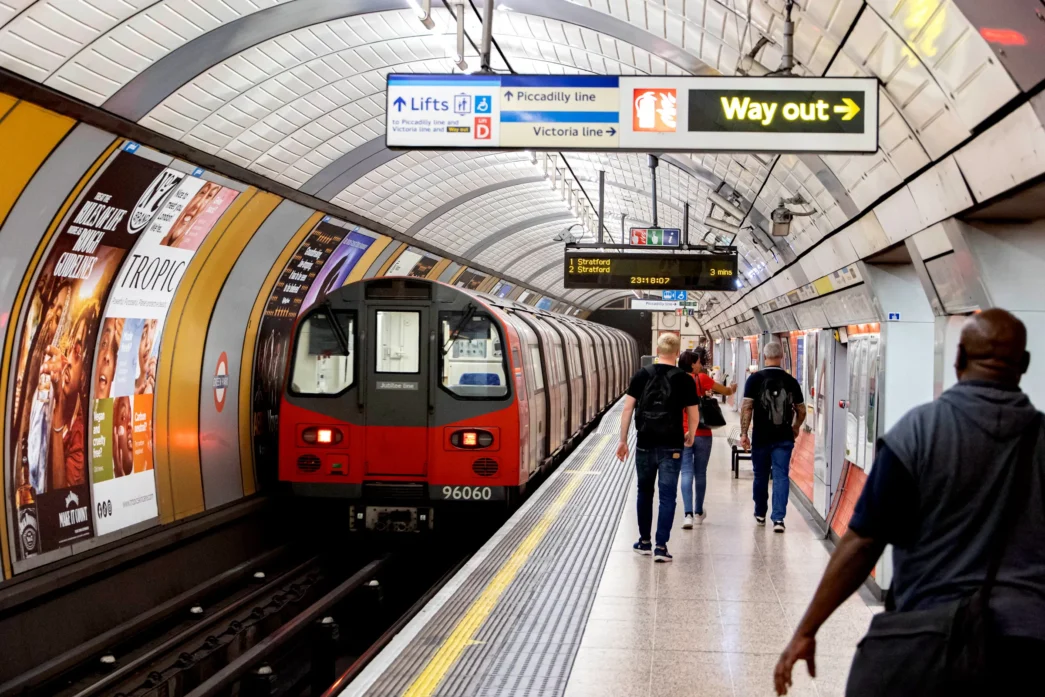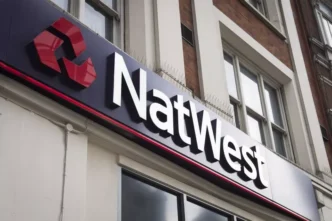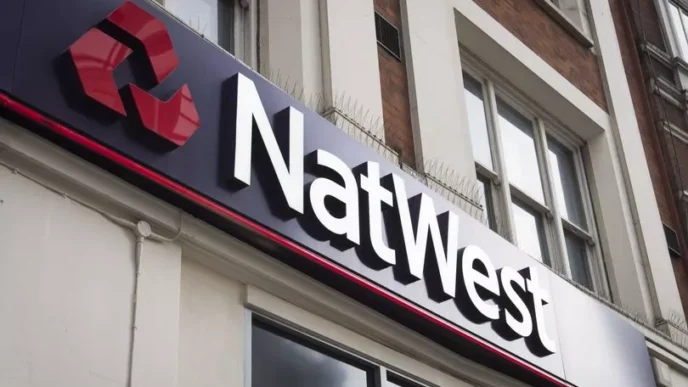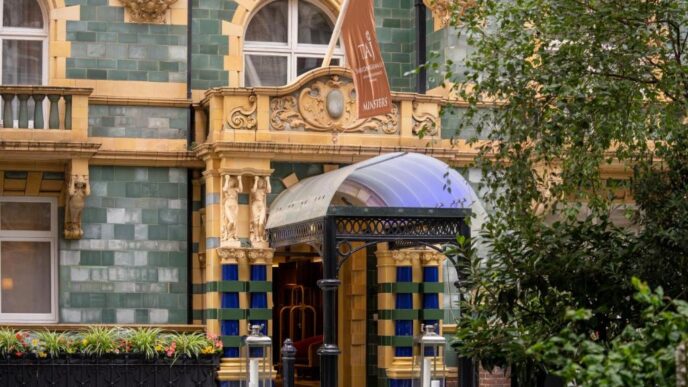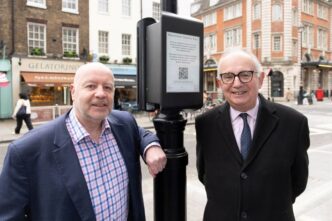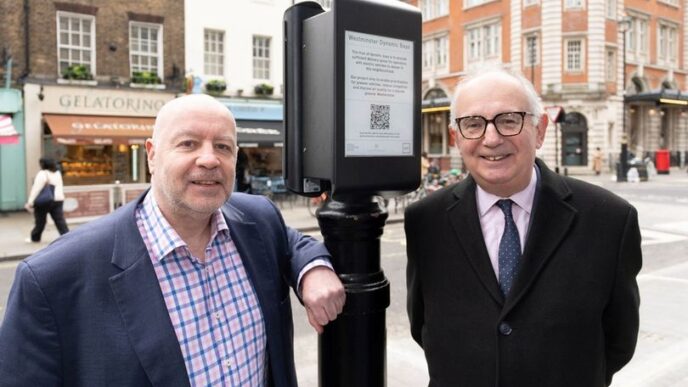Transport for London (TFL) remains committed to a substantial alteration of the Northern line, aiming to increase capacity by 20,000 passengers per hour. The proposal, initially conceived to allow for more trains to operate—up to 28-32 trains per hour on all branches—has been a long-standing aspiration of the transport authority. However, due to funding constraints, the plans were halted in 2018.
The envisioned transformation involves the partial separation of the line, directing all trains from Morden via Bank and those originating from Kennington (or Battersea) via Charing Cross. Meanwhile, the High Barnet and Edgware branches would continue to be served by both Bank and Charing Cross trains. Although the project, dubbed ‘Northern Line 2’ in TFL documents, was slated for implementation in the early 2020s, it has been deferred indefinitely due to financial limitations.
In response to recent inquiries through a Freedom of Information request, TFL affirmed its continued interest in the separation of the Northern line, notwithstanding the current funding challenges. The proposed split aims to alleviate overcrowding and enhance service frequency on the network’s busiest route.
However, the project hinges on the capacity upgrade of Camden Town station, which is crucial for facilitating the interchange between the two lines. Until enhancements to accommodate increased traffic at Camden Town are realized, progress on the ‘Northern Line 2’ initiative remains stalled.
While opinions among commuters vary regarding the necessity of the proposed change, TFL anticipates revisiting the matter in the 2040s or earlier, coinciding with the scheduled replacement of the Northern line fleet.
Meanwhile, preparations are underway for substantial upgrades to the Piccadilly line, including the introduction of new trains and overall infrastructure enhancements. This ambitious endeavor, costing £2.9 billion, necessitates periodic closures on the line to facilitate construction and testing activities.
The Mayor of London, in his capacity as Chair of TfL, has assured commuters of a comprehensive customer communication plan to provide timely updates on the closures and service changes. As the new Piccadilly line trains are phased in, TfL plans to enhance service frequency by 2027. Despite a shortfall in central government funding, efforts to expedite the procurement and deployment of the new trains are underway, promising significant economic benefits for the region.


